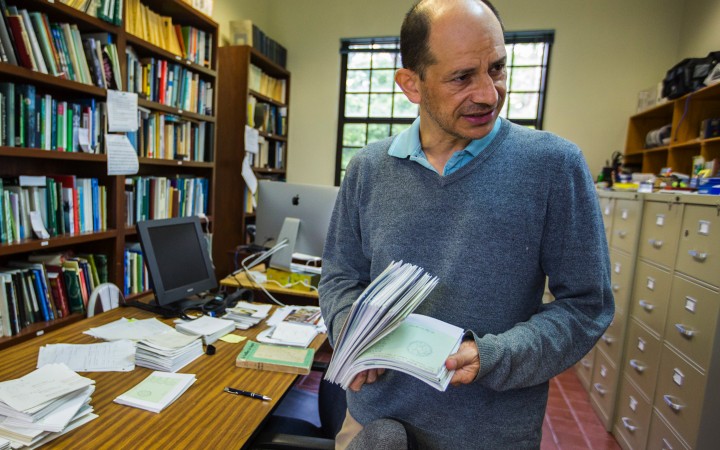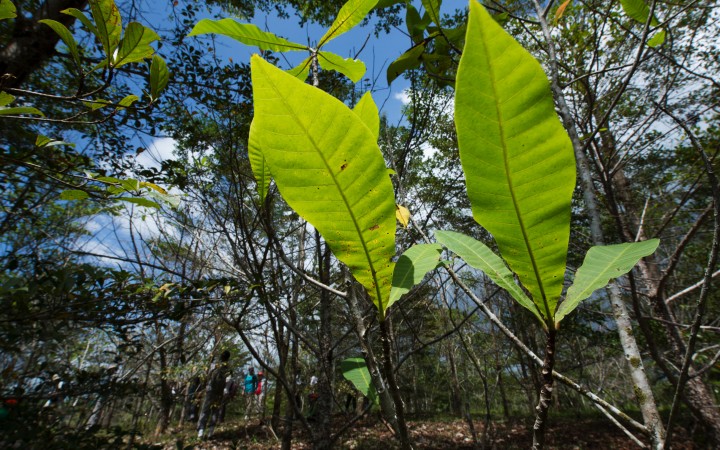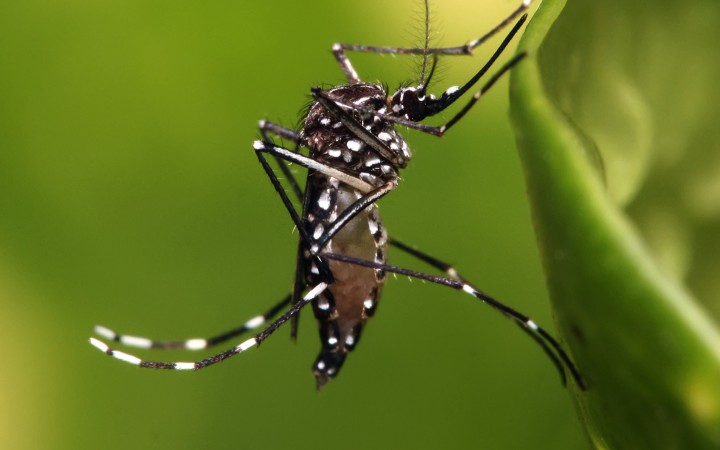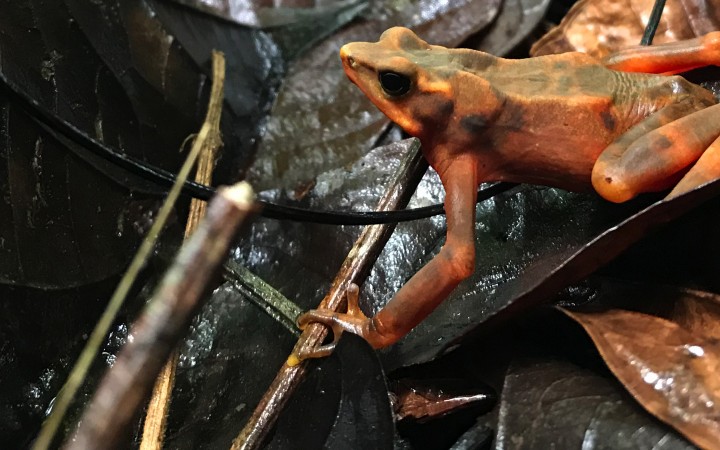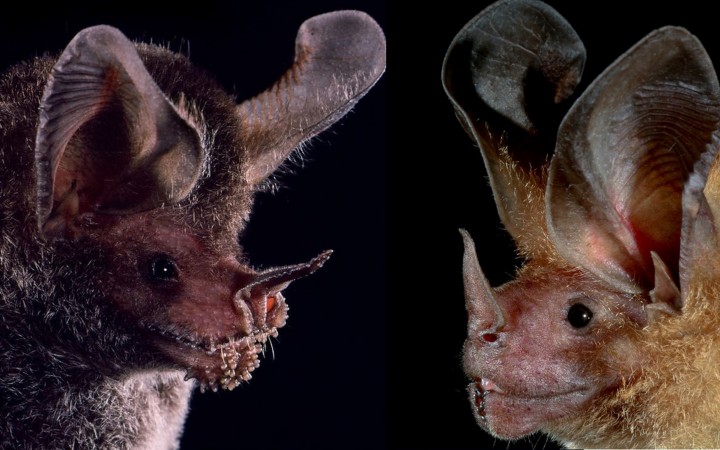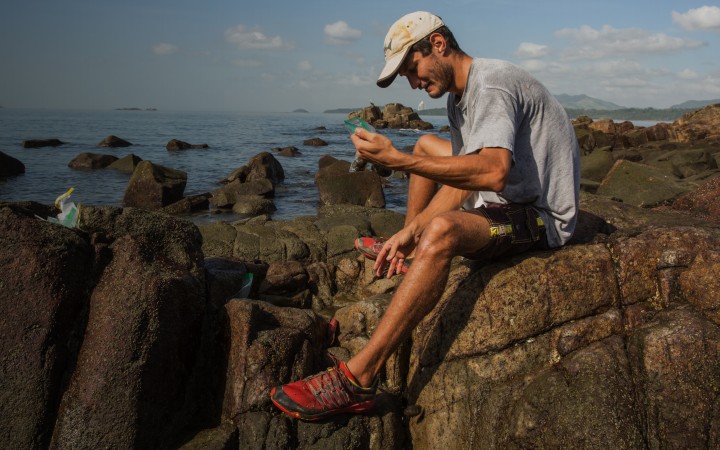Ira Rubinoff, Emeritus Director, retires from STRI
After more than 50 years at the Smithsonian Tropical Research Institute, director emeritus Ira Rubinoff has announced his retirement. He will travel to Vienna with his wife, Anabella, who was recently designated Panama’s ambassador to Austria.

